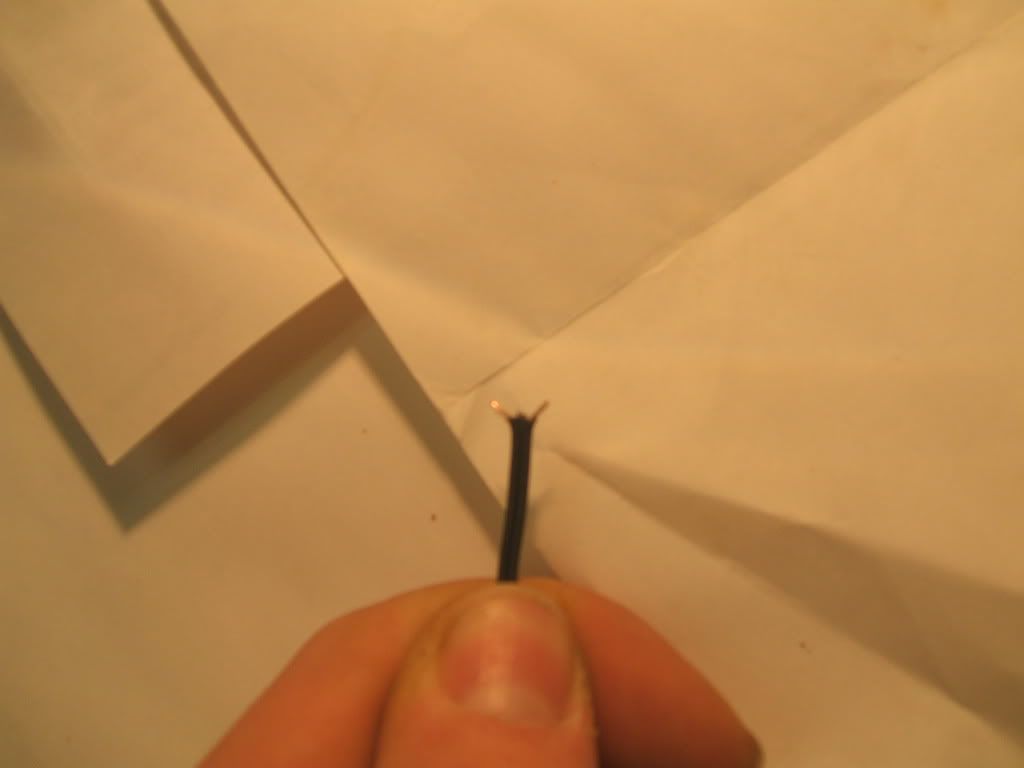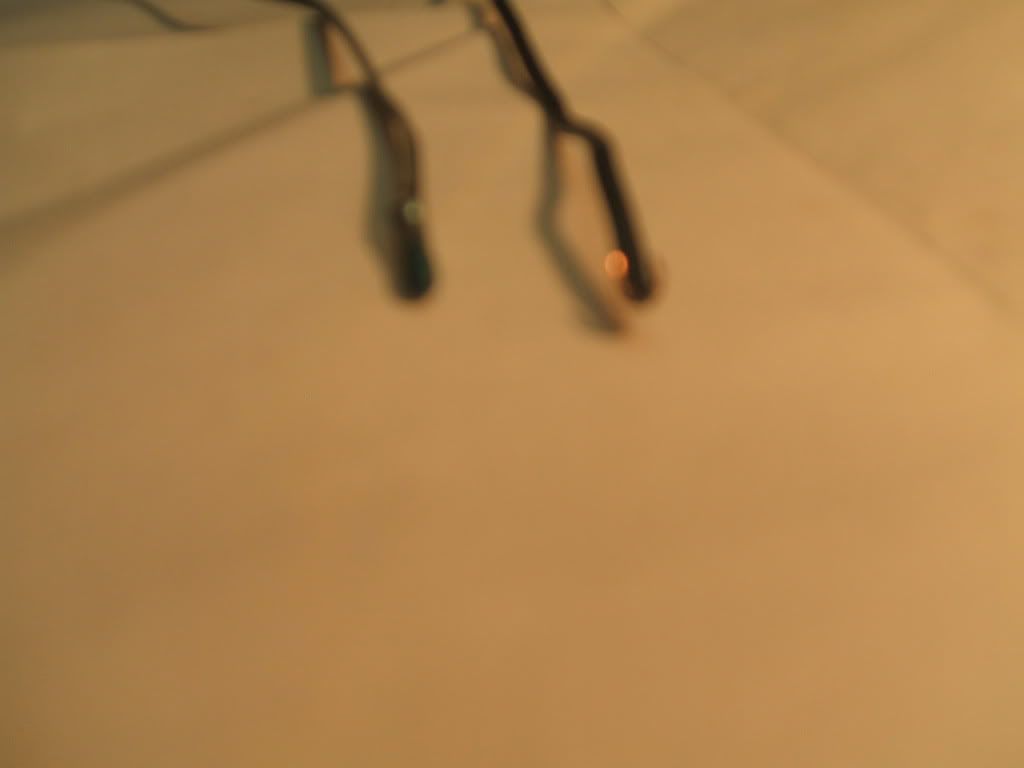@mossydie - I'm not sure why KMnO4 is so likely to start reacting, other than that it is a very powerful oxidizer and that MnO2 and MnO4- are both
catalytic accelerators of decomposition of other oxidizers and combustion of fuels. My guess is that one or more of the following is true: the
threshold energy to start KMnO4 decomposing is small, the energy released when it decomposes is large, the crystals are strained and when broken tend
to initiate decomposition, the catalytic effect of Mn on combustion causes quick initiation from a small amount of energy, MnO4 directly attacks Al
given a very small amount of water, and so on.
I'm pretty sure that moist KMnO4 attacks Al pretty violently. The combination can deflagrate without warning just sitting there (very rare, but it has
happened) or on mixing or other friction (often enough that I wouldn't do it). A tiny drop of sweat could be enough. |






